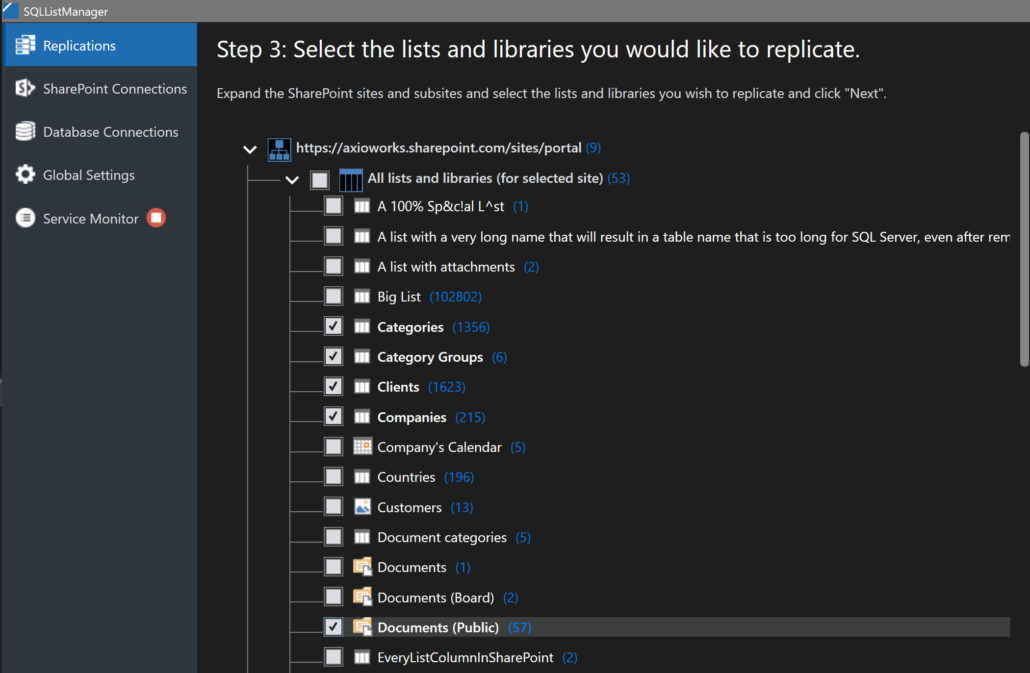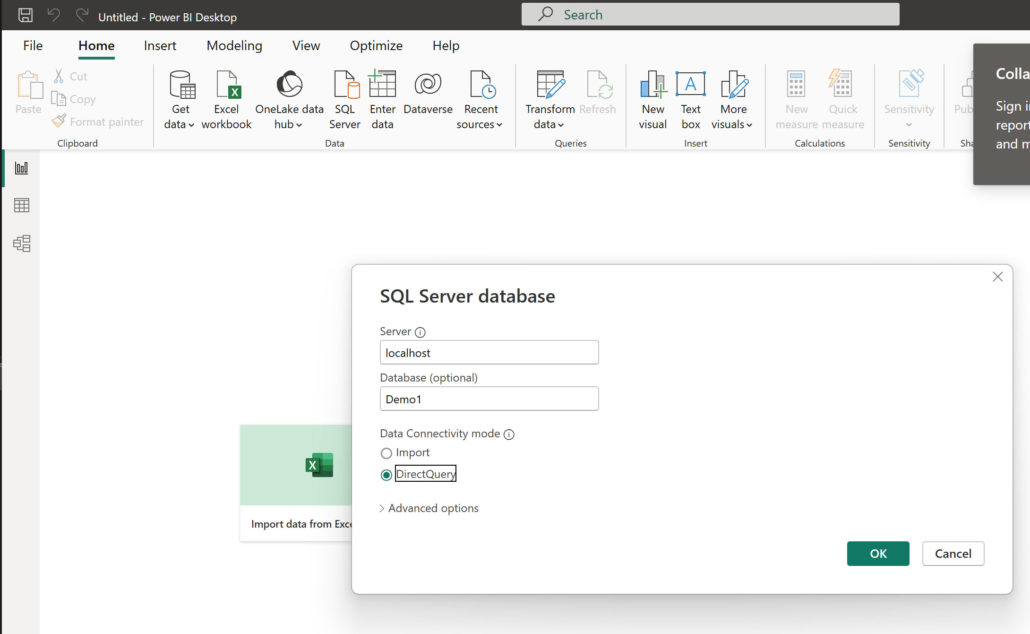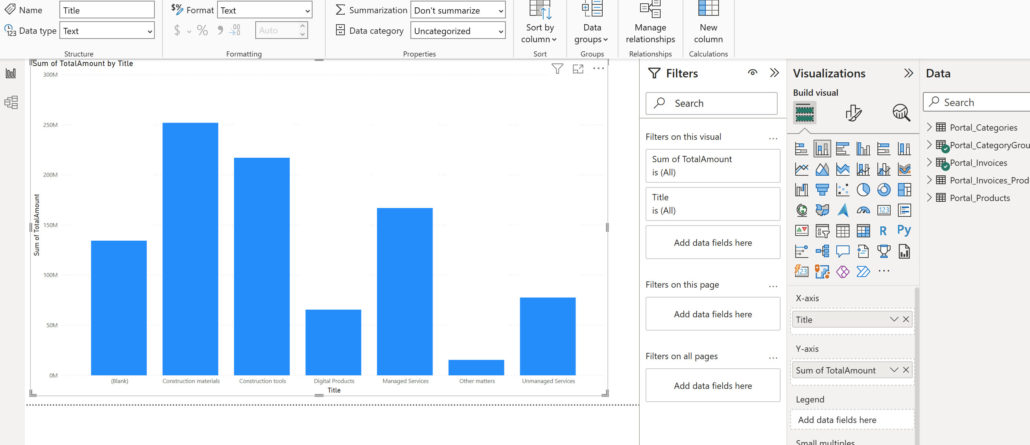If you use SharePoint lists to store and manage business data, you’ll know the frustration of trying to generate real-time reports. Power BI is an excellent tool for visualising data, but when it’s connected to SharePoint, things can slow down fast.
Common frustrations:
- Manual exports – Are you still exporting SharePoint data just to generate reports?
- Slow performance – Do reports take too long to refresh because of SharePoint’s limitations?
- Data size restrictions – Is SharePoint’s 5,000-item limit causing issues with large datasets?
- Outdated reports – Wouldn’t it be better if Power BI could update SharePoint data automatically?
If these challenges sound familiar, you’re not alone. Many businesses struggle to get the most out of Power BI and SharePoint together. That’s where SQList makes all the difference.
The solution: near real-time Power BI reporting with SQList
With SQList, you don’t have to waste time on manual exports or slow data retrieval. It syncs SharePoint lists and libraries with SQL Server, allowing Power BI to connect directly. The result? Fast, near real-time reports with no SharePoint limitations.
How SQList makes Power BI better:
- Connects SharePoint to SQL Server – No need to manually export data.
- Enables DirectQuery in Power BI – Your reports update automatically.
- Handles large datasets – No more issues with SharePoint’s 5,000-item limit.
- Prevents API throttling – Avoid slowdowns when retrieving large amounts of data.
- Automates data updates – Power BI always displays the most up-to-date information.
Getting the most from your SharePoint data
SharePoint’s built-in limitations make it difficult to work with complex data structures like lookup columns, multi-value fields, and related lists. SQList automatically maps these into SQL tables, making it easier to query and analyse your data without complicated workarounds.
- Lookup fields are converted into relational tables, so data relationships remain intact.
- Multi-value fields are handled correctly, so you get clean, structured data.
- New columns or lists in SharePoint are detected and synced automatically.
Instead of struggling with SharePoint’s constraints, you can work with your data in SQL Server – where it’s faster, more reliable, and easier to manage.
Why medium and large businesses rely on SQList
While small businesses may rely on workarounds, larger organisations need a solution that’s scalable, secure, and efficient. SQList is already trusted by:
- Government and military organisations managing secure, high-volume data.
- Pharmaceutical companies tracking clinical trial data across multiple SharePoint sites.
- Oil & gas firms dealing with extensive document management and reporting needs.
- Finance and legal enterprises handling large volumes of sensitive records.
For organisations that depend on SharePoint, SQList eliminates inefficiencies and delivers real-time insights.
How to set up near real-time Power BI reporting
Step 1: Install SQList & connect to SharePoint

- Configure SQList to sync your SharePoint lists with SQL Server.
- Select the lists you need for reporting.
Step 2: Connect Power BI to SQL Server

- Open Power BI and choose SQL Server as your data source.
- Select DirectQuery mode to ensure your reports update in real time.
Step 3: Build your Power BI dashboards

- Use Power BI’s visualisation tools to create reports from your SQL-based SharePoint data.
- Set up filters, charts, and tables to display key insights.
Step 4: Automate & share insights

- Your reports now update automatically, so there’s no need to refresh manually.
- Share reports across teams, ensuring everyone works with the latest information.
SQList is built for security and reliability
For many organisations, data security is a top priority. Unlike cloud-based solutions, SQList runs entirely within your infrastructure, meaning your data stays secure.
- Read-only operation – SQList never writes back to SharePoint, so there’s no risk of data corruption.
- Full control – Your SharePoint remains the single source of truth, with no third-party data storage.
- Automatic resync – If SQL data gets corrupted, you can restore everything from SharePoint without losing data.
With SQList, you get near real-time reporting without compromising security or compliance.
Why build a custom solution when SQList already does it better?
Some companies try to build custom SharePoint-to-SQL sync tools, but this often leads to:
- High development costs – Skilled SharePoint developers are expensive, and projects take months.
- Ongoing maintenance headaches – Every time SharePoint updates, custom integrations can break.
- Limited scalability – Many custom solutions struggle with large datasets or complex list relationships.
SQList provides a ready-made, cost-effective alternative – no custom coding required.
Get started with SQList today. Want to see how it works? Watch our webinar for a demo.
Or try it yourself with our free 30-day trial – no commitment, just results.


